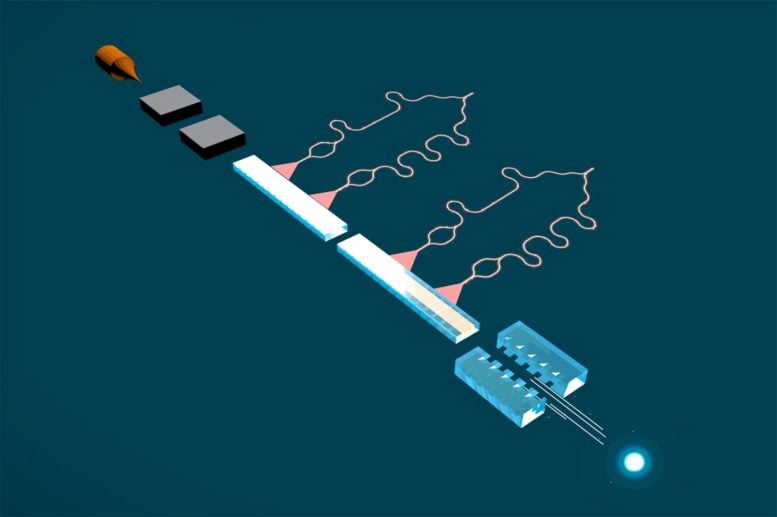
Illustration of a shoebox-sized accelerator. An electron source and buncher/injector feeds into a sub-relativistic DLA (the device described in this article), which accelerates electrons up to 1MeV in energy. These electrons are further accelerated by SiO2 waveguide-driven relativistic DLA, and finally pass through an undulator to produce coherent free-electron radiation. Credit: Moore Foundation / Payton Broaddus
A new advance by Stanford engineers could lead to particle accelerators being widely available in science, medicine, and industry.
Stanford researchers are getting closer to building a tiny electron accelerator based on “accelerator-on-a-chip” technology with broad potential applications in studying physics as well as medical and industrial uses.
The researchers have demonstrated that a silicon dielectric laser accelerator, or DLA, can now both speed up and confine electrons, creating a focused beam of high-energy electrons. “If the electrons were microscopic cars, it’s as if, for the first time, we’re steering and we have our foot on the gas,” said Payton Broaddus, PhD ’23 in electrical engineering and the lead author on a paper published on February 23 detailing the breakthrough in Physical Review Letters.
Taking Accelerators From Miles to Microns
Accelerators produce high-energy particle beams that allow physicists to study the properties of materials, produce focused probes for medical applications, and identify the elementary building blocks that make up all matter in the universe. Some of the earliest high-energy particle accelerators, developed in the 1930s, could fit on a tabletop. But higher particle energies were required to study more advanced physics, so scientists needed to build larger systems. (Powered up in 1966, the original linear accelerator tunnel at SLAC National Accelerator Laboratory on Stanford’s campus is almost 2 miles long.)
While these systems have made numerous discoveries in particle physics possible, Broaddus is motivated to build a tiny linear accelerator that could eventually rival the capabilities of machines more than a thousand times its size, at a fraction of the cost. This would also allow new applications in medicine, such as being able to attach this device to a small probe and precisely shoot an electron beam at a tumor. “There’s the ability to just completely replace every other particle accelerator with something that’s cheaper and smaller,” he said.
Thanks to advances in nano-scale fabrication and lasers, this vision is increasingly possible, said Olav Solgaard, director of the Edward L. Ginzton Laboratory and the Robert L. and Audrey S. Hancock Professor in the School of Engineering and the senior author on the paper. Traditional radiofrequency accelerators are made up of copper cavities that are pumped with radio waves, which give particles an energy boost. These pulses can heat up the metal, so the cavities need to operate at lower energy and pulse rates to dissipate the heat and avoid melting.
But glass and silicon structures can handle much higher energy pulses from lasers without heating up, so they can be much more powerful while also being smaller. About 10 years ago, Stanford researchers started experimenting with nano-size structures made of these materials. In 2013, a team led by paper co-author Robert Byer, the William R. Kenan, Jr. Professor, Emeritus, demonstrated that a tiny glass accelerator with pulsing infrared light had successfully accelerated electrons. These results led to the project being adopted by the Gordon and Betty Moore Foundation under the Accelerator on a Chip (ACHIP) international collaboration to produce a shoebox-sized mega-electron-volt accelerator.
But this first “accelerator on a chip” still had some kinks to work out. As Broaddus puts it, the electrons inside were like cars on a narrow road without steering wheels. They could accelerate very quickly but just as easily crash into a wall.
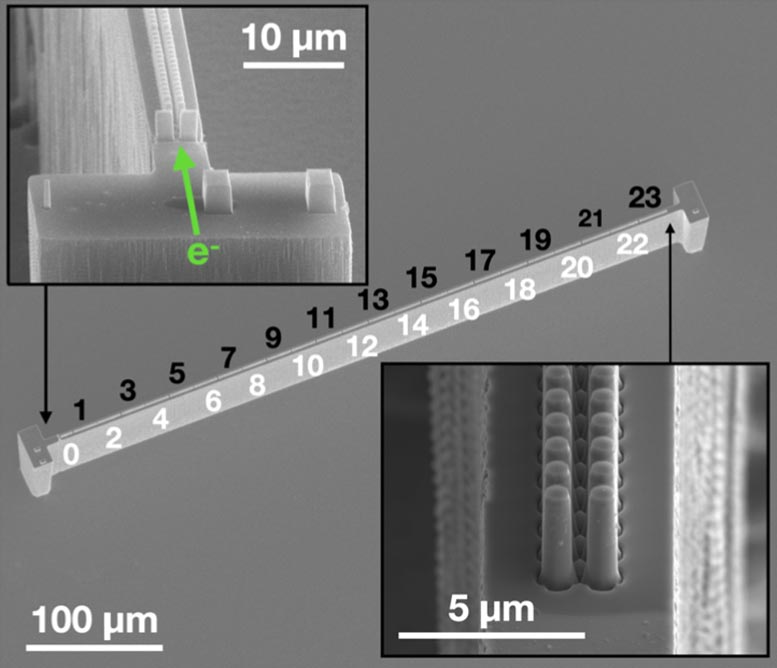
Scanning electron micrograph of a half-millimeter long dielectric laser accelerator through which electrons travel and accelerate. Cells labeled as black are longitudinally focusing and transversely defocusing (LFTD), while white are longitudinally defocusing transversely focusing (LDTF), which keeps the electrons on track. (Image credit: Broaddus, P., Egenolf, T., Black, D. S., Murillo, M., Woodahl, C., Miao, Y., … Solgaard, O. (2024). Subrelativistic Alternating Phase Focusing Dielectric Laser Accelerators. Phys. Rev. Lett., 132, 085001. doi:10.1103/PhysRevLett.132.085001)
Steering Electrons With Lasers
Now, this team of Stanford researchers has successfully shown they can also steer electrons at the nanoscale. To do this, they built a silicon structure with a sub-micron channel placed in a vacuum system. They injected electrons into one end and illuminated the structure from both sides with a shaped laser pulse that delivered kicks of kinetic energy. Periodically, the laser fields flipped between focusing and defocusing properties, which bunched the electrons together, keeping them from swerving off track.
Altogether, this chain of acceleration, defocusing, and focusing acted on the electrons for a distance of almost a millimeter. It might not sound far, but these charged particles got quite the kick, gaining 23.7 kilo-electron-volts of energy, approximately 25% greater than their starting energy. The rate of acceleration the team has been able to achieve in their prototype tiny accelerator is comparable to conventional copper accelerators, and Broaddus adds that much higher acceleration rates are possible.
While it’s a significant step forward, there’s more that needs to be done before these small accelerators can be used in industry, medicine, and research. So far, the team’s ability to steer electrons has been limited to two dimensions; three-dimensional electron confinement will be required to allow the accelerator to be long enough for greater energy gains to occur.
Electron Relay Race
A sister research group at Friedrich Alexander University (FAU) at Erlangen, Germany, recently demonstrated a similar device with a single laser and starting at much lower starting energy. It and the Stanford device will ultimately be part of a kind of electron relay race, said Broaddus.
This future relay would have three teammates: The FAU device would take low-energy electrons and give them an initial kick, and then they could then be fed into a device similar to the one Broaddus is developing. The last step for the electrons would be an accelerator made of glass, like the one developed by Byer. Glass can withstand even greater pummeling by lasers than silicon, allowing the accelerator to further energize and push the electrons toward the speed of light.
Eventually, Solgaard believes such a tiny accelerator will be useful in high-energy physics, exploring the fundamental matter that makes up the universe just as its larger counterparts do. “We have a very, very long way to go,” he said. But he’s still optimistic, adding, “we’ve taken the first few steps.”
Reference: “Subrelativistic Alternating Phase Focusing Dielectric Laser Accelerators” by Payton Broaddus, Thilo Egenolf, Dylan S. Black, Melanie Murillo, Clarisse Woodahl, Yu Miao, Uwe Niedermayer, Robert L. Byer, Kenneth J. Leedle and Olav Solgaard, 23 February 2024, Physical Review Letters.
DOI: 10.1103/PhysRevLett.132.085001
Additional Stanford co-authors include Dylan Black, PhD ’21; Yu Miao, PhD ’20; and PhD students Melanie Murillo and Clarisse Woodahl; and former research engineer Kenneth Leedle. Thilo Egenolf of Institut für Teilchenbeschleunigung und Elektromagnetische Felder in Darmstadt, Germany, is also a co-author.
Robert Byer is also a professor emeritus in applied physics in the School of Humanities and Sciences and in the SLAC National Accelerator Laboratory’s Photon Science Directorate and a member of Stanford Bio-X. Solgaard is also a professor of electrical engineering; a member of Bio-X, the Stanford Cancer Institute, and the Wu Tsai Neurosciences Institute; and an affiliate of the Precourt Institute for Energy and the Stanford Woods Institute for the Environment.

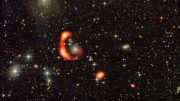
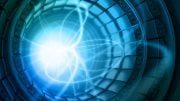

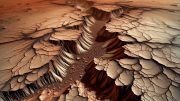

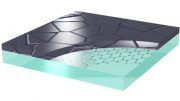
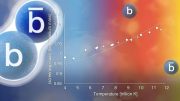
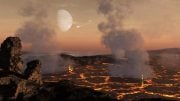
Please answer:
1. Is there a correlation between three-dimensional electrons and two dimensions?
2. Is there a correlation between high-dimensional spacetime matter and low-dimensional spacetime matter?
3. Why can lasers steers electrons?
4. What is the basis for an accelerator to determine the elementary building blocks that make up all matter in the universe?
5. Do accelerators produce the same amount of material every time they collide?
6. Are the elementary building blocks that make up all matter in the universe always the same?
7. Is mathematics and mathematical models scientific?
8. Are so-called academic journals (such as Physical Review Letters, Nature, Science, etc.) scientific and honest?
and so on.
Today, we have already entered the era of the internet. With the help of artificial intelligence and big data, discussions on scientific knowledge have become open and transparent. However, a group of editors of so-called academic journals (such as Physical Review Letters, Nature, Science, etc.) are mystifying themselves. They only care about their own so-called sufficiently high priority rating, general significance, discipline, novelty, etc., and do not care about what science and pseudoscience are.
Science and pseudoscience are not determined by a publication, an organization or a person, nor by you or me, but by mathematics the final say. Physical models must be based on mathematics or mathematical models in order to be scientific, convincing, and in accordance with natural laws.
The branch of mathematics known as topology has become a cornerstone of modern physics. The perpetually swirling topological vortices defy traditional physics’ expectations. A physical properties of topological vortices is their to spontaneously begin to change periodically in time, even though the system does not experience corresponding periodic interference. Therefore, in the interaction of topological vortices, time is both absolute and relative,and physics often requires treating space and time at the same level.
Low-dimensional spacetime matter is the foundation of high-dimensional spacetime matter. Low-dimensional spacetime matter (such as topological vortex) can form new material structures and derive more complex physical properties via interactions and self-organization. It is extremely wrong and irresponsible to imagine low dimensional spacetime matter using high-dimensional spacetime matter.
Science must follow mathematical rules. For example, the Standard Model (SM) is considered to be one of the most significant achievements of physics in the 20th century. However, the magnetic moment of μ particle is larger than expected, revealed by a g-2 experiment at Fermilab, suggests that the established theory (such as SM) of fundamental particles is incomplete. Furthermore, the SM omitting gravitation, it not involved the time problem and when the particle movement starts. Mathematics is the foundation of science. Physics must respect the scientific nature of mathematics and mathematical models. The SM must be based on mathematical models in order to be scientific, convincing, and in line with natural laws.
I hope researchers are not fooled by the pseudoscientific theories of the Physical Review Letters (PRL), and hope more people dare to stand up and fight against rampant pseudoscience.
The so-called academic journals (such as Physical Review Letters, Nature, Science, etc.) firmly believe that two high-dimensional spacetime objects (such as two sets of cobalt-60) rotating in opposite directions can be transformed into two objects that mirror each other, is a typical case of pseudoscience rampant.
If researchers are really interested in Science and Physics, you can browse https://zhuanlan.zhihu.com/p/643404671 and https://zhuanlan.zhihu.com/p/595280873.